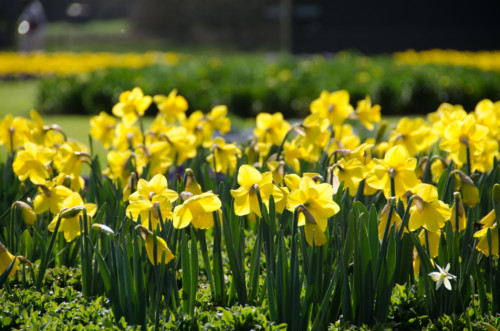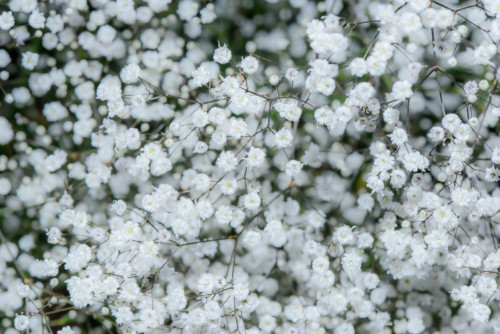Floral Folklore: The Story Behind Some of Our Favorite Spring Flowers
The most beautiful spring flowers usually come with a story. Below, we spotlight some of our favorite blooms and the floral folklore surrounding them.
Daffodils
Daffodils rising through the frost are a quintessential spring sight. Though their biological name is Narcissus – an allusion to the Greek mythological figure who fell in love with his own reflection– daffodils are anything but ostentatious; all you need is a few bright specimens to add a colorful punch. There’s an old Welsh legend that if you’re the first to spot the early daffodils of the season, you’ll be rewarded by a year of good luck.
Tulips
There was once a time when a single tulip bulb cost more than the average European made in a year. Originally cultivated in the middle east, the tulip entered Western consciousness in the 16th century, sparking a speculative frenzy historians have deemed “Tulipomania” (the bulbs were even used as currency). Fortunately, you don’t have to be a multimillionaire to enjoy tulips in modern times: the vivacious flowers grow in pretty much any soil with good drainage, and comprise a colorful cast of characters. From the puckered Parrot varieties to the iconic Red Emperor, every tulip has a unique personality– a flavor for every taste.
Hellebores
This early-blooming shade plant is often referred to as “Lenten Rose” (it’s not a rose, though – it belong to the buttercup family). The lotus-like petals form delicate saucers of white, yellow, and maroon, and for those hesitant to cultivate them for fear of hungry deer, have no fear: Hellebores flowers are deer resistant (or so rumor suggests) and hardy enough to withstand Spring’s finicky shifts in temperature.
Gypsophila (“Baby’s Breath”)
A European native long since naturalized in the United States, baby’s breath is known in latin as gypsophilia, or the “gypsum-loving” plant – but you don’t need to have gypsum-rich soil to grow it. As an annual, Gypsophilia can withstand periods of short-term drought (which is good for the summertime), but may also be grown as a perennial in sandy soil. Dainty but resistant, baby’s breath is a beautiful, aromatic flower that begs to be put in a bouquet.






































